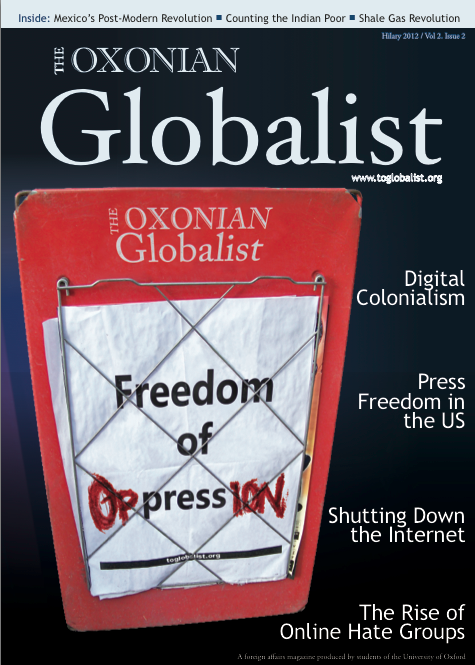PARTICIPANTS in London’s cycle-hire scheme will likely be pleased with the recent release of an interactive graphic about real-time bicycle availability. A sundry of throbbing, variegated aureoles allows customers to expeditiously survey the geographic distribution of bicycles across London. Viewed over time, the geovisualisation depicts the roaming of an elegant symphony of cyclists that commute daily between suburbia and the city centre.
In the last decade, technological advances have allowed corporations and public entities to effortlessly monitor the precise movements of a large number of individuals. Modern consumers interact daily with a variety of devices that record their location, including mobile phones, automatic teller machines, automotive GPS systems and Oyster cards. Aggregated, these records, if released, would provide economists and policy-makers with a valuable source of data that describes how individuals interact spatially with their surrounding environment.
The latest release of cycling data serves as an effective model of how to responsibly disseminate spatial data. The data describes the movement of five thousand bicycles between 315 docking stations operated by Barclays’ Bicycle Hire, a bicycle-sharing scheme established by the Mayor of London, Boris Johnson. In October 2010, Transport for London released a rich and mammoth dataset to the public that contains information about more than 1.7 million bicycle journeys. Since this time, cycle-loving number crunchers, including open data advocate Adrian Steele, have presented this spatial data in captivating forms that highlight interesting cycling trends.
The Transport for London dataset is unlikely to yield any significant, paradigm-altering insights in the long-term. However, the release of the information serves to illustrate that spatial location data can be disseminated to the public without compromising the privacy of individuals. Corporations currently possess immense datasets that likely provide a much more detailed description of the movements of people than census or migration data. The release of this information, in a form that ensures that privacy is not violated, could provide society with fascinating insights.




